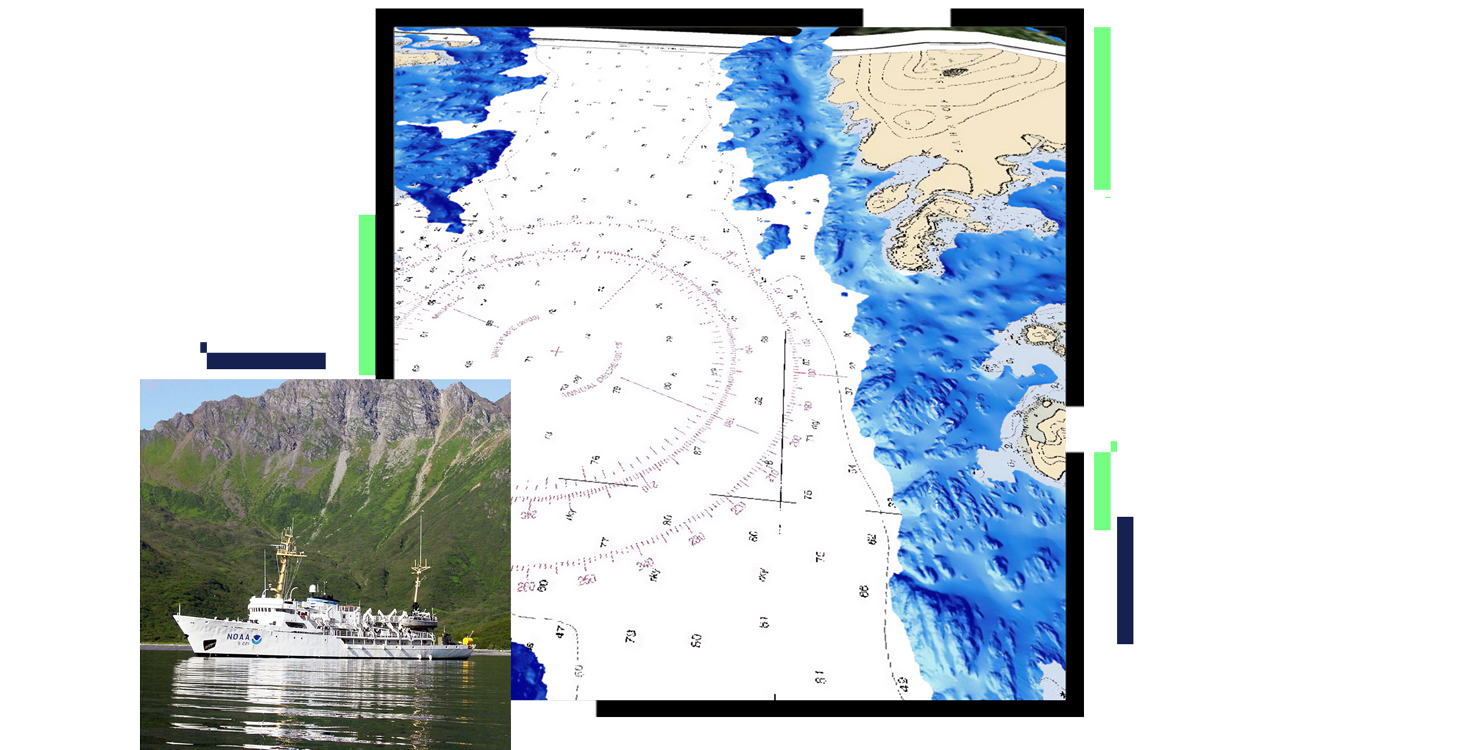Maritime data management
Manage and understand your maritime data. ArcGIS Maritime allows you to easily manage, combine, and query massive amounts of bathymetric, aerial, and coastal data, on the desktop or on the web. Knowing the source of your data is everything—which sensor your bathymetry or aerial data came from, when it was collected, and how it was processed. ArcGIS software provides a scalable data management platform for any organization, so you can trace your data and know exactly where it originated.




